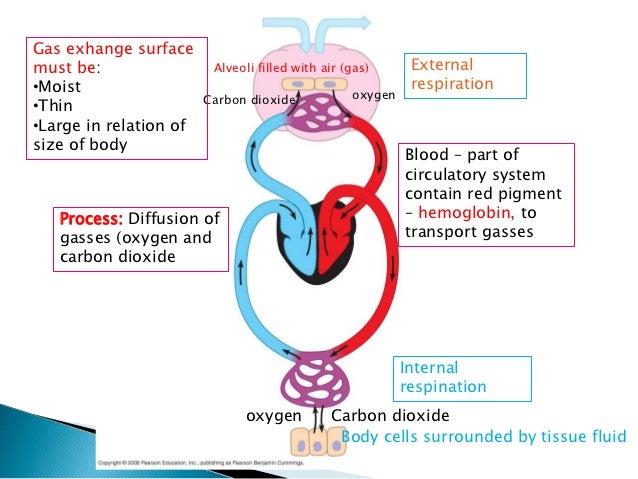

Reabsorption involves both passive and active transport across the tubular epithelium. Absorption of selected materials takes place from the filtrate into the blood of the peritubular capillaries or vasa recta. 19.15):įrom the Bowman’s capsule, the glomerular filtrate enters the proximal convoluted tubule. When activated, the nerve fibres bring about constriction of renal arteries and cause decrease in renal flow and glomerular filtration rate. This regulates GFR.īlood vessels of the kidney are innervated by nerve fibres of the sympathetic neural system. Juxtaglomerular apparatus (JGA) cells secrete enzymes like renin that modulate blood pressure and thus renal blood flow. When the wall of the arteriole contracts, the diameter of the afferent arteriole is reduced that increases the flow of blood. The more an individual is trained aerobically, the more their body will be able to utilize fats for fuel at a given intensity.An increase in blood pressure, tends to stretch the afferent arteriole which increases the blood flow to the glomerulus. carbohydrates are being used depends on the intensity and duration of the exercise, along with the individual’s aerobic training experience.įor example, shorter and more intense workouts tend to burn more carbohydrates for fuel, while longer, less intense workouts will burn a higher ratio of fats. In this energy system, although you may be burning mostly fat, a steady supply of carbohydrate is still necessary for the breakdown of fat into an energy source. This aerobic energy system must have oxygen to work, or the entire process will slow down and potentially stop completely. While it is not the main source of ATP at the start of exercise, it can produce a lot of it, making this system the preferred one for long-duration, relatively low intensity cardiovascular activities. This pathway requires oxygen to produce ATP, because carbohydrates and fats are only burned in the presence of oxygen. The third and final energy system which comes into play is the Oxidative system, commonly known as the aerobic energy system. Understanding exactly what those energy systems are and applying that knowledge to your fitness regime can help you to further your training and elevate your results. In some situations, like HIIT, energy must be supplied very quickly, whereas in other instances energy does not have to be provided at such a high rate, but must be supplied steadily over a longer period of time.Īll three energy systems are always active during exercise, however, the method you rely on most to produce that energy depends on the activity you are doing, or more specifically, its intensity and duration. (We’ll summarize each of these below!)ĭifferent sporting situations have different energy demands. These processes, or energy systems, as they are more commonly known act as pathways to produce energy, and the intensity and duration of the physical activity we are doing determines which pathway acts as the principal fuel source.Īs soon as you start exercising, the small amount of ATP stored in our body’s gets used up and needs to be replenished to continue with the exercise, which is where the body’s three different systems come into play, ensuring a constant supply of energy.

During physical activity, three different processes work together to split ATP molecules, which release energy for muscles to use in contraction, force production, and ultimately sporting or fitness performance.


 0 kommentar(er)
0 kommentar(er)
